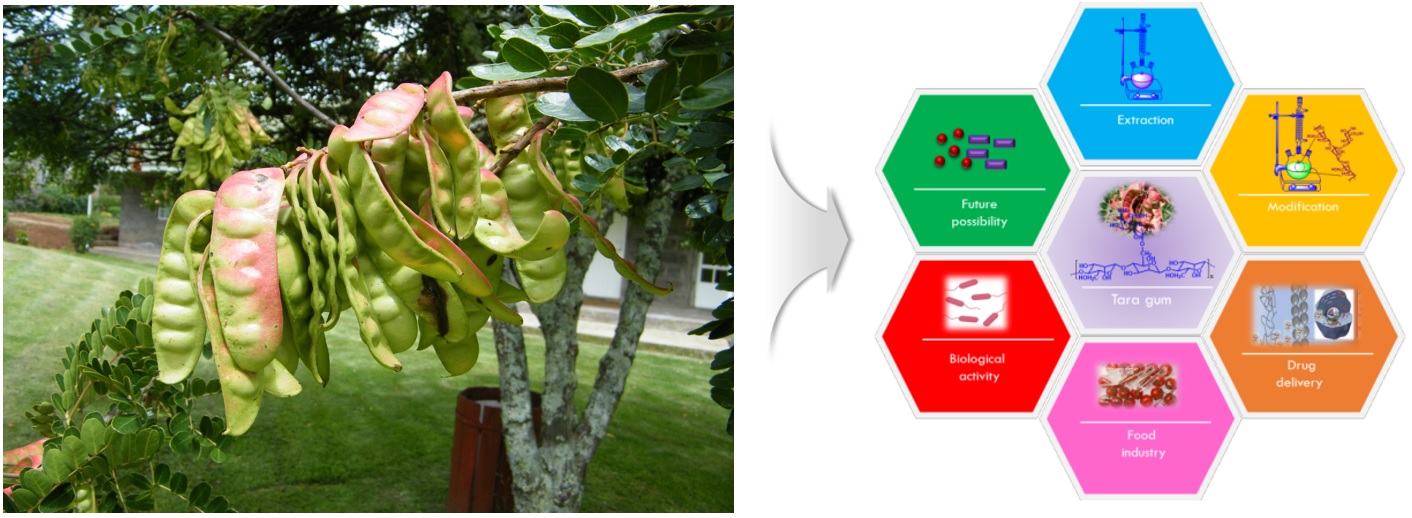Tara gum has the potential to be a sustainable and biodegradable substitute for synthetic plastic in the food and drug industries.
Researchers from Chung-Ang University in the Republic of Korea have explored modification methods of tara gum to enhance the substance’s functionality.
Non-biodegradable, synthetic plastics are major sources of environmental pollution prompting a rising interest in sustainable, biodegradable alternatives derived from natural polymers. Tara gum, derived from the seeds of the tara tree (Caesalpinia spinosa) stands out as a promising solution which could revolutionise the way we see packaging and drug delivery.
The substance, which is natural and water-soluble, contains complex carbohydrates including the widely used “galactomannan,” which is employed in coatings, edible films, and as a stabilizer and thickener. Moreover, the adaptable nature of the groups within tara gum polysaccharides (complex carbohydrates) renders it valuable for tailoring physicochemical and mechanical properties for specific applications.
In a recent study, a team of researchers led by Professor Sangkil Lee from Chung-Ang University, have conducted a thorough and critical examination of modification methods applied to tara gum. The study explores the applications of these modifications in the food and drug industry, including the development of pH-sensitive food packaging and drug delivery systems.
Prof. Lee explains: “Our team has a keen interest in natural polysaccharides and their role in drug delivery, and we have been working on tara gum and other natural polysaccharides to extend their applications.”
The study marks the first of its kind, offering a systematic and detailed overview of the recent advancements in tara gum and its modified materials. Everything from the toxicology behavior of the substance to methods for extraction are thoroughly examined.
The paper looks into the applications of tara gum in the food industry, including its use in biopolymer packaging, monitoring seafood and milk spoilage, acting as a gelation agent, providing short-term protection of food from oxidation, and safeguarding fatty foods.
Tara gum and its modified materials also have potential in the pharmaceutical industry including the controlled-release of vitamin D-3, antibacterial hydrogel development, iron delivery in both infants and adults, controlled-release of drugs, and restoration of the physiological barrier of the gut.
Prof. Lee. speculates “The physicochemical property of tara gum and its products can be enhanced using various kinds of monomers, crosslinkers, or other polysaccharides. Furthermore, the improvement of antibacterial properties might be achieved through the incorporation of chitosan or other natural polymers, as well as inorganic materials such as copper and zinc nanoparticles,”
The study could inspire the scientific community to research further on tara gum for the development of various food-related applications as well as effective and safe drug formulations to reduce the global burden of health risks and costs.
The complete study was published in the journal Carbohydrate Polymers





